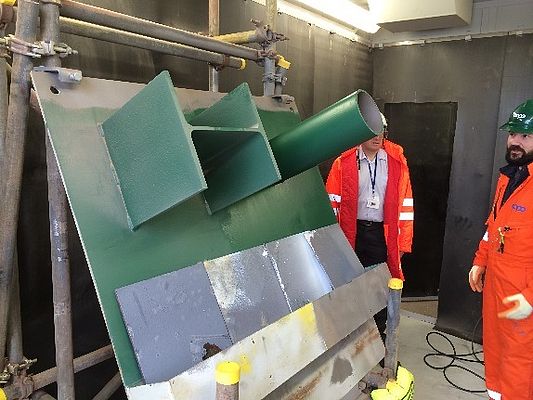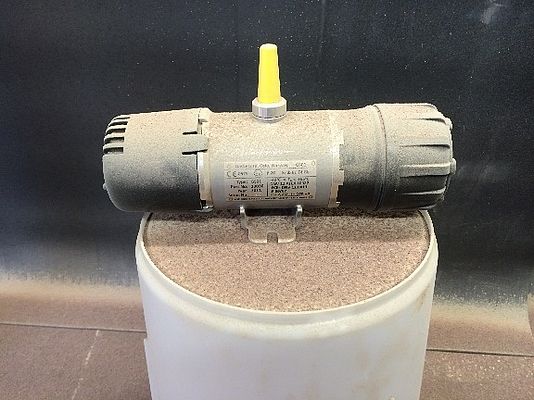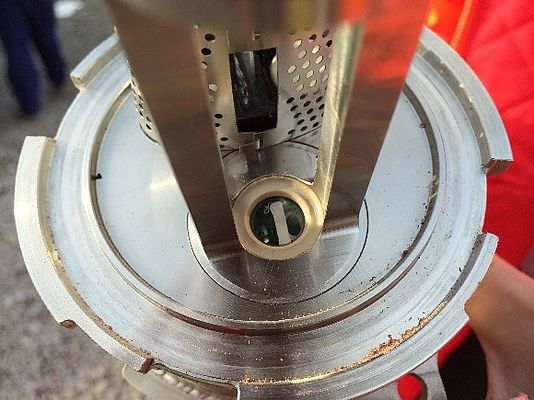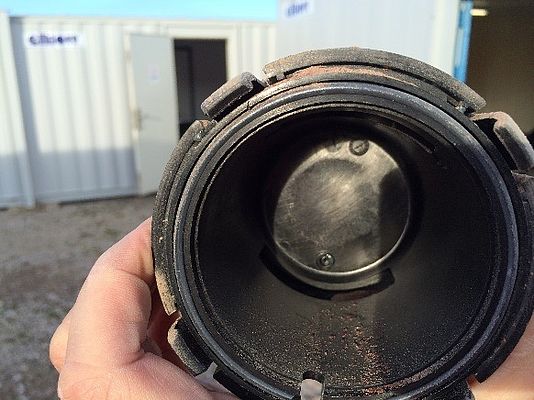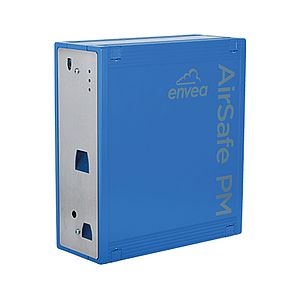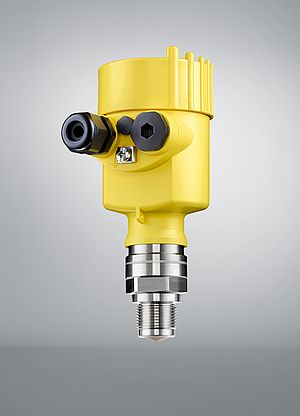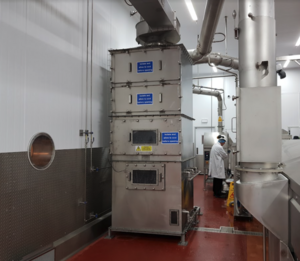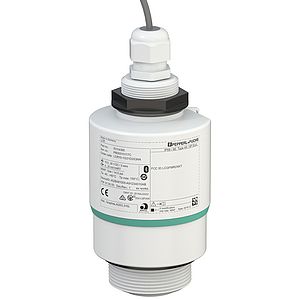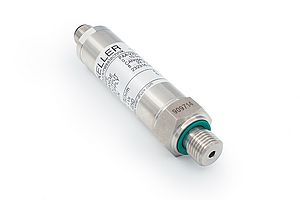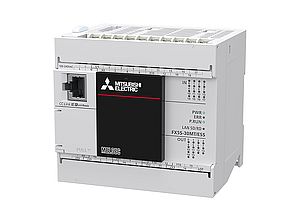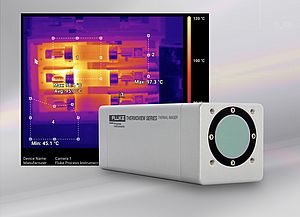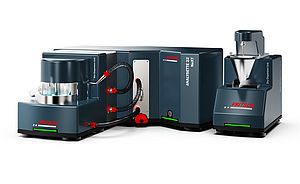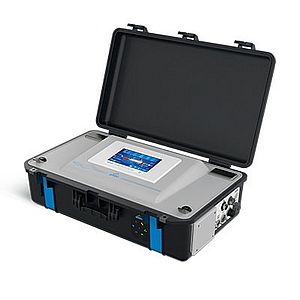The need to squeeze out the last barrel of investment in any oil and gas field has resulted in a global increase in life extension projects for ageing offshore oil and gas platforms. This has resulted in some extreme and demanding situations for gas detectors.
During life extension projects the fabric of the main structure of operational platforms will require maintenance or alteration. This will often require a rolling campaign of grit blasting over several months. This work will severely impact gas detection systems and specifically any open path / line-of-sight (LOS) detectors where the beam will be blocked. Operators need an alternative, robust and flexible supplementary gas detection system. The GasSecure GS01 has been tested specifically to meet this demand and with minimum budget impact.
Offshore life extension projects that need maintenance of the platform structure will require the use of sheeted habitats to enclose the work areas including those where grit blasting is taking place. These habitats interfere with the line-of-sight (LOS) open path gas detectors by blocking the beam and rendering them inoperable and unable to detect gas. The facility operator must mitigate this loss of gas detection by using suitable replacement systems as an additional layer of detection. However, as the alternate system is not intended to be permanent it requires some specific features to be viable.
These include:
- Suitable for all indoor / outdoor hazardous area uses in an offshore environment.
- A technically approved and competent form of gas detection recognised by safety authorities.
- Wireless communications to a central monitoring unit.
- Cable free for convenient, flexible placement and to avoid cable checks and trip hazards.
- Long life battery (1~2 years) and preferably without sensor calibration.
Above all else the device must be able withstand the extremely aggressive environment created by the industrial grit blasting activities and still be able to detect gas hazards.
This is the scenario faced by oil and gas companies operating in the North Sea and why one specific client chose to evaluate the capabilities and resilience of the GasSecure GS01 wireless infrared hydrocarbon gas detector for their life extension projects.
To prove the GasSecure GS01 performance the operator constructed a realistic blasting cabin test enclosure from a modified Portacabin complete with a Cape blasting unit and 200 kg of Indian garnet grit. The GasSecure GS01 was placed directly in the grit blasting area with a wireless access point and control station mounted in a separate Portacabin approximately 10m away to monitor the gas detector parameters and any alarms. The trials were performed with escalating severity and involved the grit blasting of steel test coupons covered with epoxy paint system (Image 1).
The first trial started with 90 seconds of blasting after which it was impossible to view operations through the cabin observation window because of the dust levels. After a further 195 seconds of blasting the test was terminated as there was zero operator visibility within the test enclosure. After the dust had settled the particulate build-up was observed [IMAGE 2] and the GS01 was tested in-situ with a reference gas of 50% LEL methane applied at 1l/min through a tube connected to the test port.
The second trial period involved an initial 60 seconds of grit blasting to achieve zero-visibility dust laden conditions. The enclosure was then purged to allow entry and connection of a trickle flow of reference test gas to the GS01 gas detector. The blasting was resumed for a further 330 seconds after which the trial was terminated. After this trial the particulates were extracted and the results assessed.
In the first trial the operating environment was considered very aggressive but despite the dust accumulation the GS01 showed no faults or error signals and responded to the test gas after the grit blasting process had finished. The second trial was considered to be even more aggressive with a higher and longer dust burden as shown in [IMAGE 3]. The GS01 responded to the test gas during grit blasting and generated alarms wirelessly via the remote monitoring station. After the tests the GS01 optical cover was opened to check if there had been any detrimental effects on the sensor elements. The optical path components were clean with only slight dust presence inside the cover [IMAGE 4 &5]. The absence of any visible deposition on the optics was an essential part of the trial findings leading the assessor to declare;"The (GS01) instrument is capable of gas detection in heavy industrial dust laden environments".
The client now intends to scale up the use of the GasSecure GS01 gas detector for offshore grit blasting in their life extension operations. The intention is to develop and implement 25m long cabins each with multiple GasSecure detectors all communicating to a central controller. There is an acknowledged need for good housekeeping and test regimes during the grit blasting campaign but the GasSecure GS01 has proven to be able to withstand the extremely aggressive conditions and still perform. Definitely a detector with 'True Grit'.


